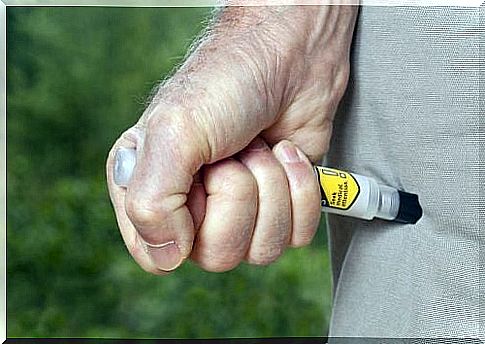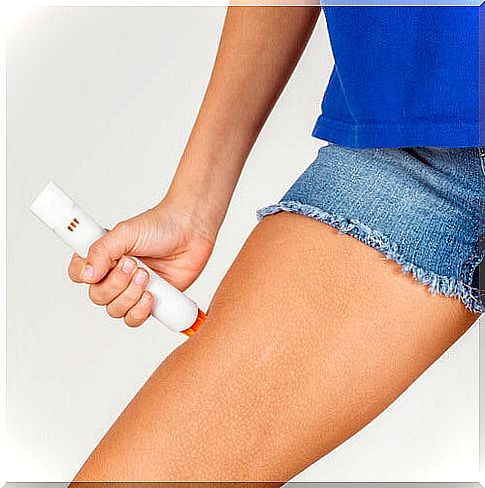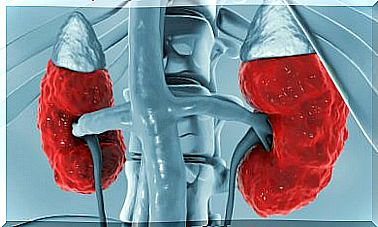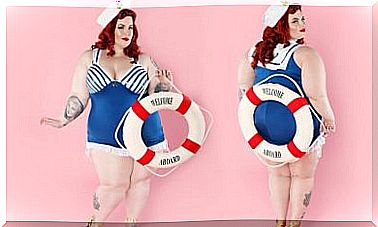Self-injectable Adrenaline: How To Use It?
Adrenaline is a hormone and neurotransmitter that is used when a person has a cardiac arrest. It can be administered in various ways, but today we already have self-injectable adrenaline.
This device allows us to administer adrenaline to ourselves without the need for the intervention of health personnel.
This fact has made it possible to avoid numerous fatal situations. In general, adrenaline is used in emergency situations, where the life of the patient is in great danger from cardiac arrest or anaphylactic shock.
Autoinjectable adrenaline is a device that contains adrenaline in solution that is subject to medical prescription. 2 presentations are available with 2 different doses:
- Dose of 0.15 mg : advisable for children weighing 10 to 25 kg.
- 0.30 mg dose : advisable for people who weigh more than 25 kg.
Adrenaline manages to increase the heart rate considerably, as well as constrict the blood vessels and dilate the airways. It is also the neurotransmitter that is rapidly secreted in dangerous and emergency situations, preparing the body to deal with them.
It is important to know that adrenaline is, specifically, a catecholamine. Its chemical structure is a monoamine that is synthesized in the adrenal glands and whose precursors are phenylalanine and tyrosine.
Forms of administration of adrenaline

Before we turn to autoinjectable adrenaline, let’s look at other ways to administer this drug.
In hospitals, this catecholamine is prepared as a solution to be given by injection. However, there are more avenues that can be used as needed:
- Intramuscular (IM).
- Subcutaneous.
- Intravenous (IV): under cardiac monitoring and previously diluting the adrenaline solution in water for injection of different concentrations as necessary.
- Intracardiac: only in cases of extreme severity and if the intravenous route is not practicable. The same precautions should also be taken as for intravenous administration.
How is adrenaline autoinjectable?
On the market, we find two different brands under which self-injectable adrenaline is found: Altellus and Jext.
Both have a cylindrical shape, similar to a writing pen. At one end of this cylinder is a protected needle that will serve for administration. At the other end of the cylinder is a safety cap that must be removed at the time of administration.
When the needle is inserted, once the safety cap has been removed from the other end, the needle comes out and enters the area where the substance is to be injected. However, we will see exactly how to use it correctly below.
How to use self-injectable adrenaline

The recommended area to inject adrenaline is in the thigh, even if it is through clothing, since it is an area with a lot of muscle mass.
It is going to be pressed down until you hear a click, so that the needle reaches the muscle and can be absorbed and distributed correctly. Afterwards, the injectable must be held for 10 seconds. Once this time has passed, the needle can be withdrawn and the area massaged to facilitate absorption.
These are the steps to follow for the correct use of autoinjectable adrenaline:
- Grasp the cylinder with your hand, as if it were a dagger.
- Remove the cap that is located at the widest part of the device.
- Support the narrow part of the device on the thigh, where there is more muscle mass. You can even do it through clothes.
- Press perpendicular until a “click” is heard. It can also be administered by nailing it with a sharp blow, instead of pressing.
- Hold the position for about 10 seconds, to ensure that the entire dose is administered.
- Remove and massage, as we have said, for another 10 seconds to improve adrenaline absorption.
Children in need, family members, and caregivers should be taught how to use autoinjectable adrenaline in order to avoid further complications.
Conclution
Epinephrine is a drug administered by different routes, depending on the clinical situation of the patient, mainly for the treatment of cardiac arrest and anaphylactic reactions.
There are self-injectable formulations of adrenaline that should be prescribed by a physician for the immediate treatment of anaphylactic shock.
Consult with a professional all the doubts you have in order to be clear about how to administer this medication correctly.









